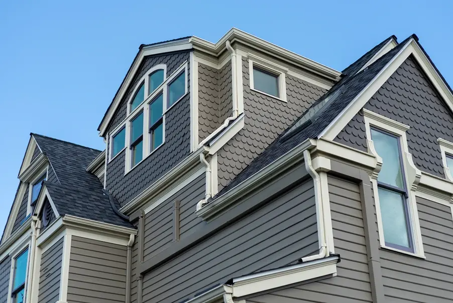"You never get a second chance to make a first impression," the old saying goes. Well, when it comes to the first impression your home makes, there’s no element more important than your siding, particularly your siding style.
Each siding style makes a unique statement, telling visitors and passersby what kind of home they’re looking at, whether it’s contemporary, modern farmhouse, craftsman, traditional, or coastal. Whatever look you’re trying to achieve, your siding choice is crucial. That’s why we’ve put together a complete guide to siding styles.
Read on to find out which type of siding is best for your home design!
Horizontal Siding or Lap Siding
Horizontal siding, also known as lap siding or clapboard siding, is a classic choice that suits many architectural styles. This type of siding involves long, horizontal boards that overlap each other, providing excellent weather protection and a timeless look. Here’s a breakdown of the different types of horizontal siding:
Traditional Lap
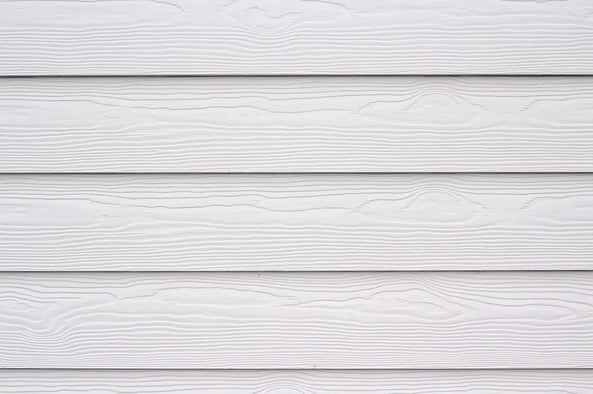
Traditional lap siding, consists of horizontal boards with an overlapping design. The main difference lies in the board's profile. Traditional lap siding tends to have a smoother and more uniform appearance. It’s a versatile choice, suitable for a variety of home styles, from modern to historical.
Dutch Lap
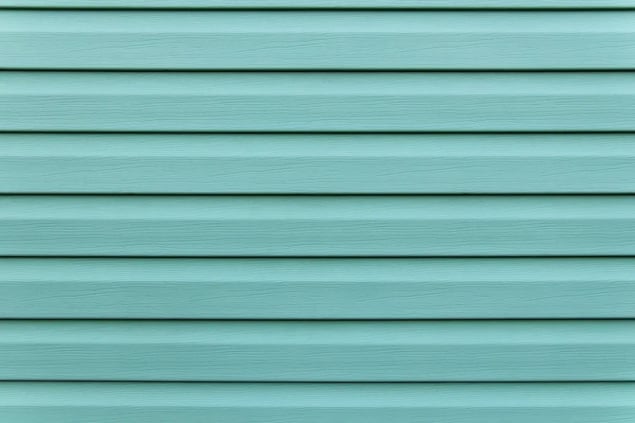
Dutch lap siding adds a unique twist to the classic lap design. The boards feature a concave face and a notch at the top, creating a shadow line that adds depth and texture to your home’s exterior. This style is perfect for homeowners looking to add a bit of architectural interest while maintaining a traditional look.
Beaded Seam
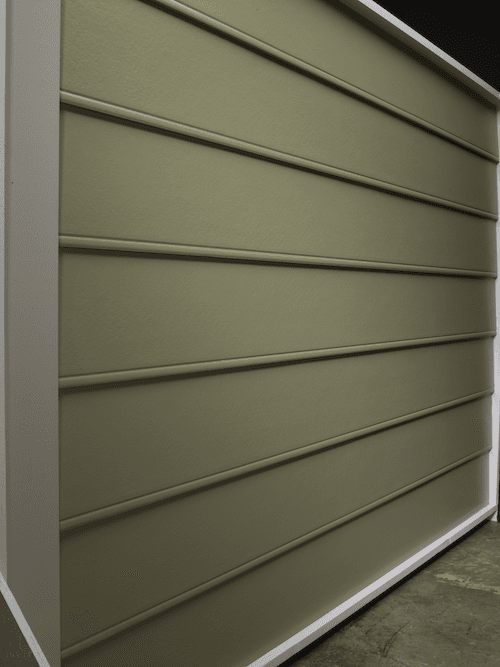
Beaded seam siding includes a beaded edge milled into the bottom of each board, adding more visual interest to traditional lap. This style is often used in historical restorations and for homes aiming for a vintage or cottage feel. The bead detail not only adds visual character but also helps shed water more effectively.
Log Lap Siding
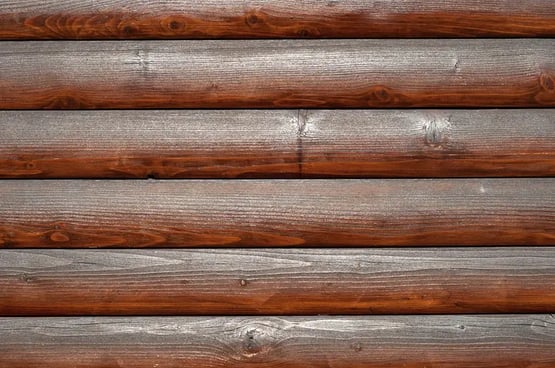
If you're dreaming of a rustic, log cabin look, log lap siding is the perfect choice. This style mimics natural logs with rounded profiles and overlapping installation. Log lap siding gives your home a cozy, woodsy charm while offering better insulation and durability compared to traditional log construction.
Vertical Siding or Panel Siding
Vertical siding, also known as panel siding, is an excellent choice for homeowners looking to add a distinctive look to their home’s exterior. Unlike horizontal siding, vertical siding runs up and down, which can make a home appear taller and more modern. This type of siding is versatile and can be used on the entire exterior or as an accent to highlight specific architectural features. Let's explore the popular types of vertical siding:
Board and Batten Siding
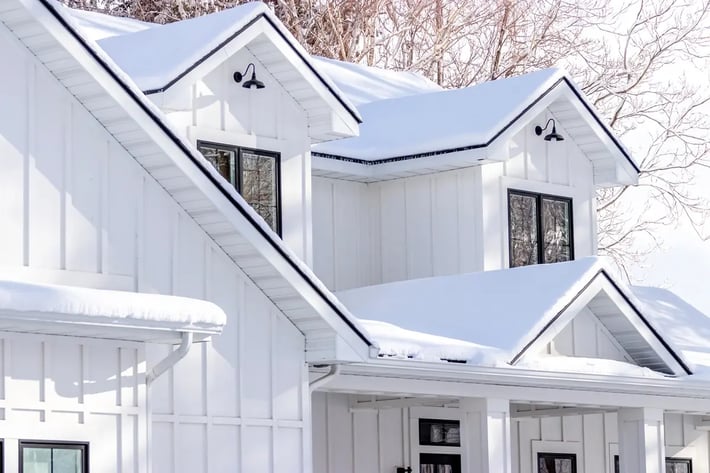
Board and batten siding consists of wide boards installed vertically, with narrower battens covering the seams. Board and batten siding adds depth and dimension to your exterior, making it a popular choice for modern farmhouse and rustic designs.
You can play with the space between battens to create different looks, with wider spaces giving you a more traditional feel and smaller spaces achieving a more contemporary one.
Shiplap Siding
Shiplap siding has gained popularity in recent years, thanks to its sleek, clean lines and minimalist look. This style features horizontal or vertical boards with a rabbet joint that allows them to overlap, creating a tight, weatherproof seal. It’s an ideal choice for those looking to blend contemporary design with a hint of classic charm. Shiplap is versatile and works well as an accent or for covering large expanses of your home's exterior.
Tongue and Groove Siding
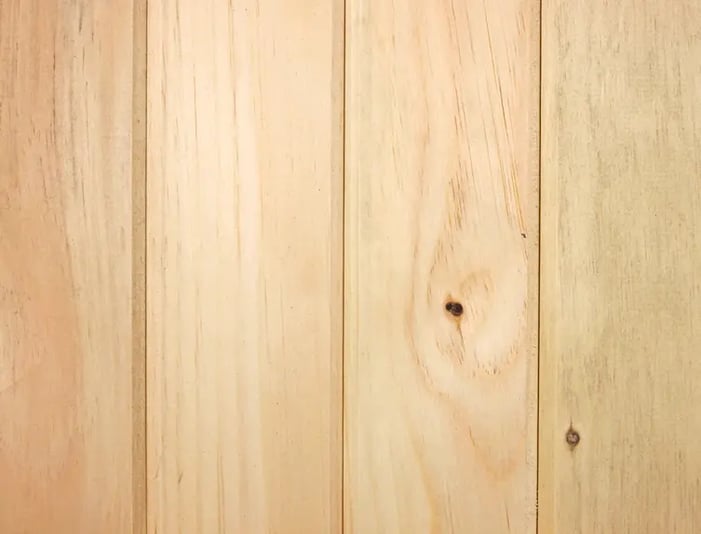
Tongue and groove siding is another vertical option that offers a polished, seamless appearance. This style involves boards with a tongue on one edge and a groove on the other, allowing them to fit together snugly. The tight fit creates a smooth, continuous surface that is both visually appealing and highly durable. Tongue and groove siding is perfect for achieving a modern, refined look, and its strong interlocking design provides excellent protection against the elements.
Both tongue and groove and shiplap siding can also be placed horizontally.
Shingle and Shake Siding
Shingle and shake siding are often used interchangeably, but they are actually different. Shingle . However, they both provide the same charming style and aesthetic that many homeowners love. Understanding their differences can help you choose the right one for your home.
Shake siding is split from a traditional cedar wood block, giving it a rough, rustic appearance. In contrast, shingle siding is sawn, resulting in a more clean-cut edge. Overall, shakes have a more rugged look, while shingles are smoother and more uniform.
Shingles can be made of wood or other materials like fiber cement or vinyl. Shakes, traditionally made of cedar, come in various cuts, each offering a unique style. Let’s explore some popular options:
Split Shake

Split shake siding provides a truly rustic and natural appearance. Each shake is split from a wood block, typically cedar, which gives it a rough and uneven texture. This style is perfect for homes looking to achieve a cabin-like, woodsy charm. The irregular surface of split shakes adds depth and character to your exterior, making your home stand out with a handcrafted look.
Staggered Shake or Shingle
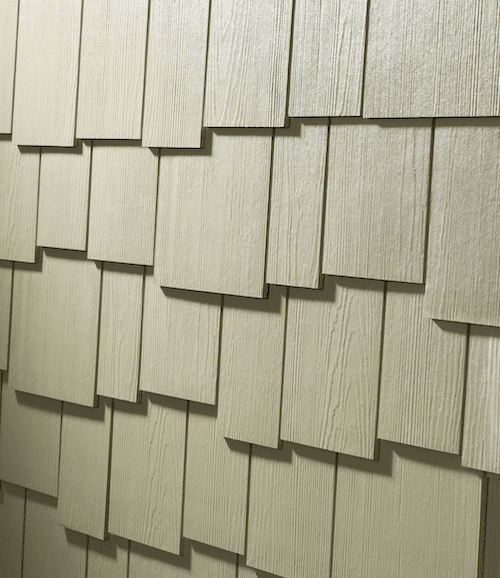
Staggered shake or shingle siding offers a more dynamic and textured appearance. This style features shakes or shingles of varying lengths, creating an uneven, staggered edge. The result is a more rustic and playful look that adds visual interest and a sense of movement to your home’s exterior. Staggered siding works well for cottages, coastal homes, and anyone seeking a relaxed, informal vibe.
Straight Edge Shingle
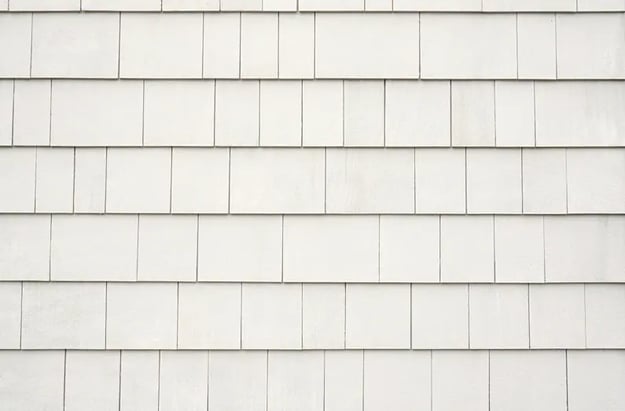
Straight edge shingle siding provides a clean, uniform appearance. Each shingle has a precisely cut edge, allowing them to fit together neatly and create a smooth, even surface. This style is ideal for homeowners looking for a more polished look. Straight edge shingles offer a timeless appeal and work well with traditional and contemporary home designs. They can be made from wood or other materials like fiber cement or vinyl, providing versatility in terms of durability and maintenance.
Scalloped Shingle
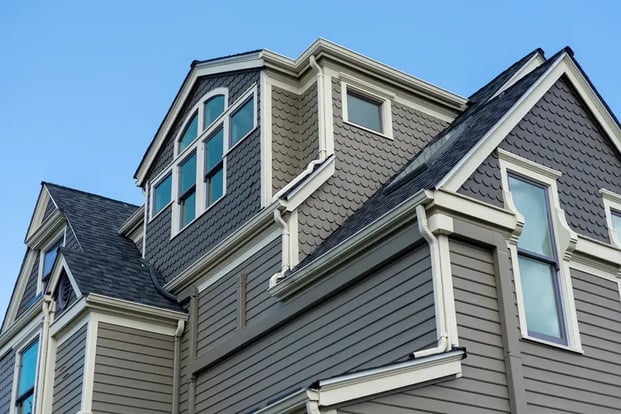
Scalloped shingle siding, also known as fish scale shingles, features rounded edges that give your home a distinctive, decorative look. They're typically associated with Victorian or Queen Anne-style homes. They create a unique texture and pattern that draws the eye and adds a whimsical, historic feel. They are typically made from wood but can also be found in other materials like vinyl or fiber cement with a wood-grain finish.
Which Siding Style Is Best for Me?
Choosing what type of style is best for you depends on your personal style and budget. Doing your research on different styles will help you in deciding which style you like best.
Pinterest is a great resource to find inspiration. You can also drive around your neighborhood and look at houses nearby to see styles you like and don’t like.
Start with what broad style you like: horizontal, vertical, or shake/shingle. Then, you’ll want to determine what type of material you want your siding to be made of.
From there, your options are narrowed down to specific styles within that category, and you can determine which you like best based on look, cost, and maintenance required.
At Southwest Exteriors, we want to bring your dream to a reality. We only want to offer you the highest quality siding paired with a high-quality installation to give you the best siding replacement you can get.
Curious how much a siding replacement costs? Check out this article that details what factors affect the cost of a siding replacement.

